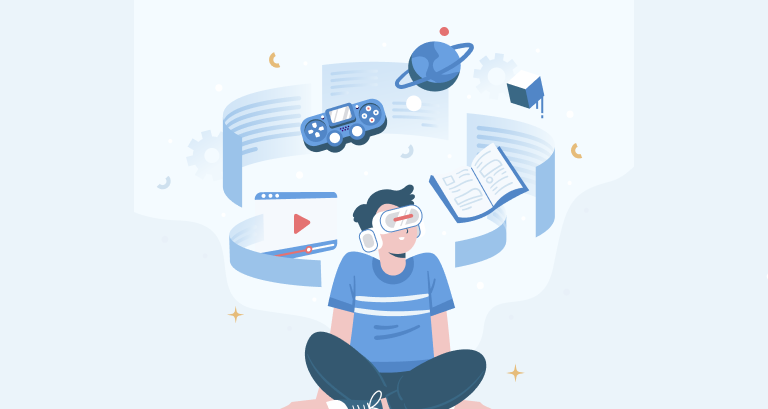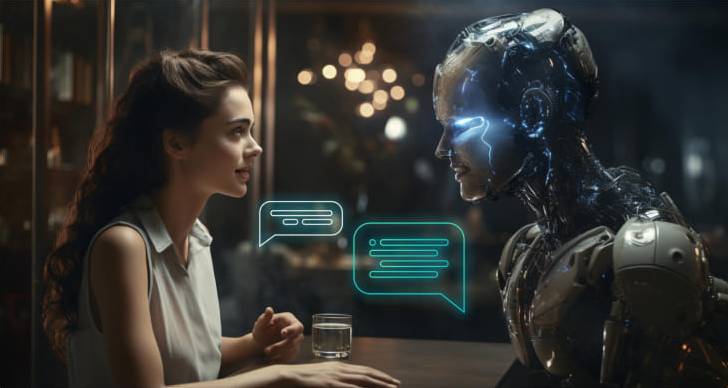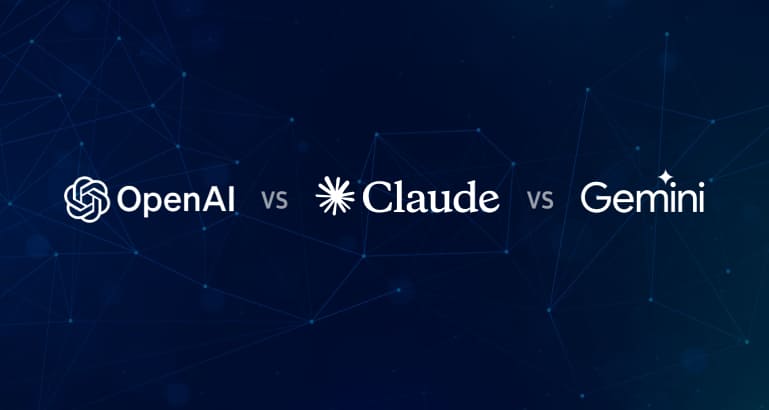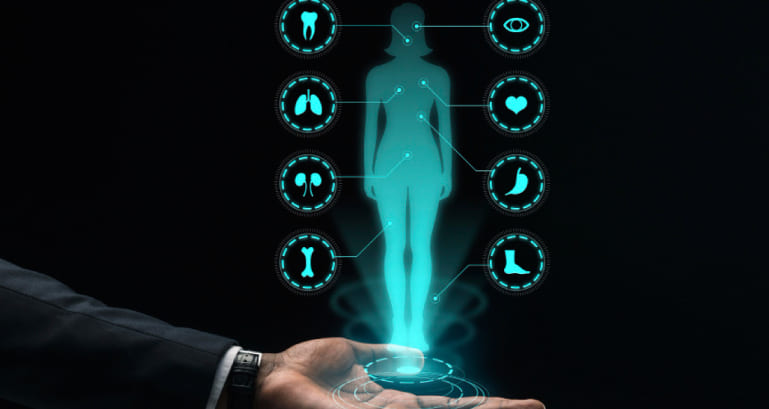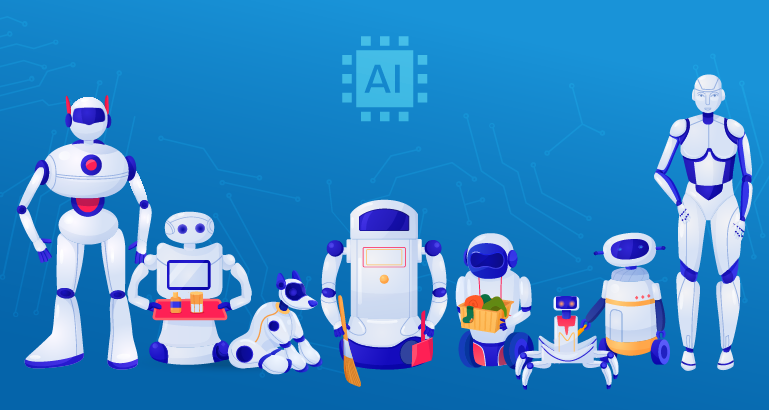Gamification
Gamification is the application of game design principles and mechanics in non-game contexts to engage, motivate, and encourage desired behaviors in individuals. It harnesses the innate human desire for competition, achievement, and rewards, transforming mundane tasks into interactive and enjoyable experiences.
The concept of gamification has gained significant traction in various fields due to its potential to enhance engagement, drive motivation, and improve outcomes.
Gamification offers numerous advantages and benefits across different domains
- Improved Motivation: Gamification taps into intrinsic and extrinsic motivational factors, such as achievement, competition, and rewards. Incorporating game elements like challenges, levels, and rewards, creates a sense of purpose and accomplishment, driving individuals to actively participate and strive for success.
- Increased Engagement: Gamification fosters higher levels of engagement by creating immersive and interactive experiences. It leverages game mechanics, such as storytelling, feedback loops, and progression, to capture attention and maintain interest.
- Enhanced Learning Outcomes: Integrating game elements into the learning process, such as quizzes, simulations, and problem-solving scenarios, promotes active learning and knowledge retention. It can result in improved comprehension, critical thinking skills, and long-term knowledge retention.
- Better Retention of Information: Gamification encourages repeated engagement and reinforcement, which can enhance the retention of information. When learning or tasks are presented in a gamified format, the element of fun and enjoyment helps create strong memory associations.
- Behavior Change and Skill Development: Gamification can be a powerful catalyst for behavior change and skill development. By setting clear goals, providing feedback, and offering rewards or recognition, gamified systems incentivize individuals to adopt desired behaviors or develop new skills.
- Increased Social Interaction and Collaboration: Gamification often incorporates social components, such as leaderboards, team challenges, and multiplayer options. These elements foster social interaction, collaboration, and healthy competition among individuals.
- Data Collection and Insights: Gamified systems can gather valuable data on user behaviors, preferences, and performance. This data can provide insights into individual or group tendencies, strengths, and areas for improvement. Organizations and educators can utilize this data to refine their approaches, personalize learning experiences, and make data-driven decisions.
Core Elements of Gamification
- Points: Points are a basic unit of measurement used to track progress and achievement in gamified systems. They provide a sense of accomplishment and allow users to see their advancement.
- Badges: Badges are visual representations of achievements or milestones within a gamified system. They serve as symbols of recognition and accomplishment.
- Leaderboards: Leaderboards display the rankings and scores of participants in a gamified system. They introduce an element of competition and social comparison.
- Challenges: Challenges are tasks or activities designed to encourage users to take specific actions. Challenges provide a clear objective and a defined set of rules.
- Levels: Levels represent different stages of progression within a gamified system. As users accumulate points or complete challenges, they advance to higher levels.
- Rewards: Rewards are incentives given to users for completing tasks, achieving goals, or reaching milestones. Rewards can be intrinsic or extrinsic (e.g., discounts, tangible items).
- Feedback Mechanisms: Feedback mechanisms provide users with information about their performance, progress, and results. They can be in the form of real-time feedback, progress indicators, performance metrics, or personalized recommendations.
Gamification in healthcare
- Wellness and Fitness Apps: Gamified wellness and fitness apps encourage individuals to adopt healthier lifestyles, track their physical activity, and achieve fitness goals. These apps often incorporate challenges, progress tracking, rewards, and social interactions to motivate users.
- Health Tracking and Monitoring: Gamification can be used to make health tracking and monitoring more interactive and engaging. Wearable devices and mobile apps use gamified elements to encourage individuals to track their vital signs, medication adherence, sleep patterns, and other health-related metrics.
- Rehabilitation and Physical Therapy: Gamification techniques are applied in rehabilitation and physical therapy settings to make the recovery process more engaging and enjoyable. Virtual reality (VR) games or interactive apps can be used to provide a stimulating environment and promote motor skills development.
- Chronic Disease Management: Gamification is leveraged to support individuals in managing chronic conditions such as diabetes, asthma, and cardiovascular diseases. Interactive apps and platforms offer educational resources, medication reminders, and lifestyle challenges to help individuals better understand their condition and make informed decisions.
- Patient Education and Health Literacy: Gamification is used to improve patient education and health literacy by presenting health information in an interactive and engaging manner. Gamified apps and platforms offer quizzes, interactive modules, and challenges to enhance health knowledge and encourage individuals to take an active role in their healthcare.
- Behavioral Change and Adherence: Gamification techniques are employed to promote behavioral change and improve treatment adherence. By setting goals, providing real-time feedback, and offering rewards, gamified systems motivate individuals to adopt healthy behaviors, adhere to treatment plans, and follow prescribed medication schedules.
- Training and Medical Education: Gamification is utilized in medical training and education to enhance learning outcomes and engagement. Serious games, simulations, and virtual patient scenarios provide hands-on experiences, allowing healthcare professionals to practice clinical skills in a risk-free environment.
Conclusion
In conclusion, Nu10 offers a gamification solution for healthcare that acts as a powerful tool to engage, motivate, and empower individuals in their wellness journey. By incorporating game elements and mechanics into various healthcare settings, gamification has the potential to transform the healthcare experience. It offers interactive and enjoyable ways to track health metrics, promote behavioral change, enhance treatment adherence, and improve overall patient outcomes. As the field continues to evolve and embrace emerging technologies like virtual reality and artificial intelligence, the future of gamification in healthcare holds tremendous promise for creating a more engaging, personalized, and effective healthcare ecosystem that empowers individuals to take control of their health and well-being.
About Author
Dr. Phaneender Aedla
Dr. Phaneender Aedla has over 24 years of experience in handling and managing petabyte-scale data systems. He blends deep technical acumen with strategic vision, and aims to drive intelligent, sustainable innovation through co-creative partnerships that unlock true business value.

